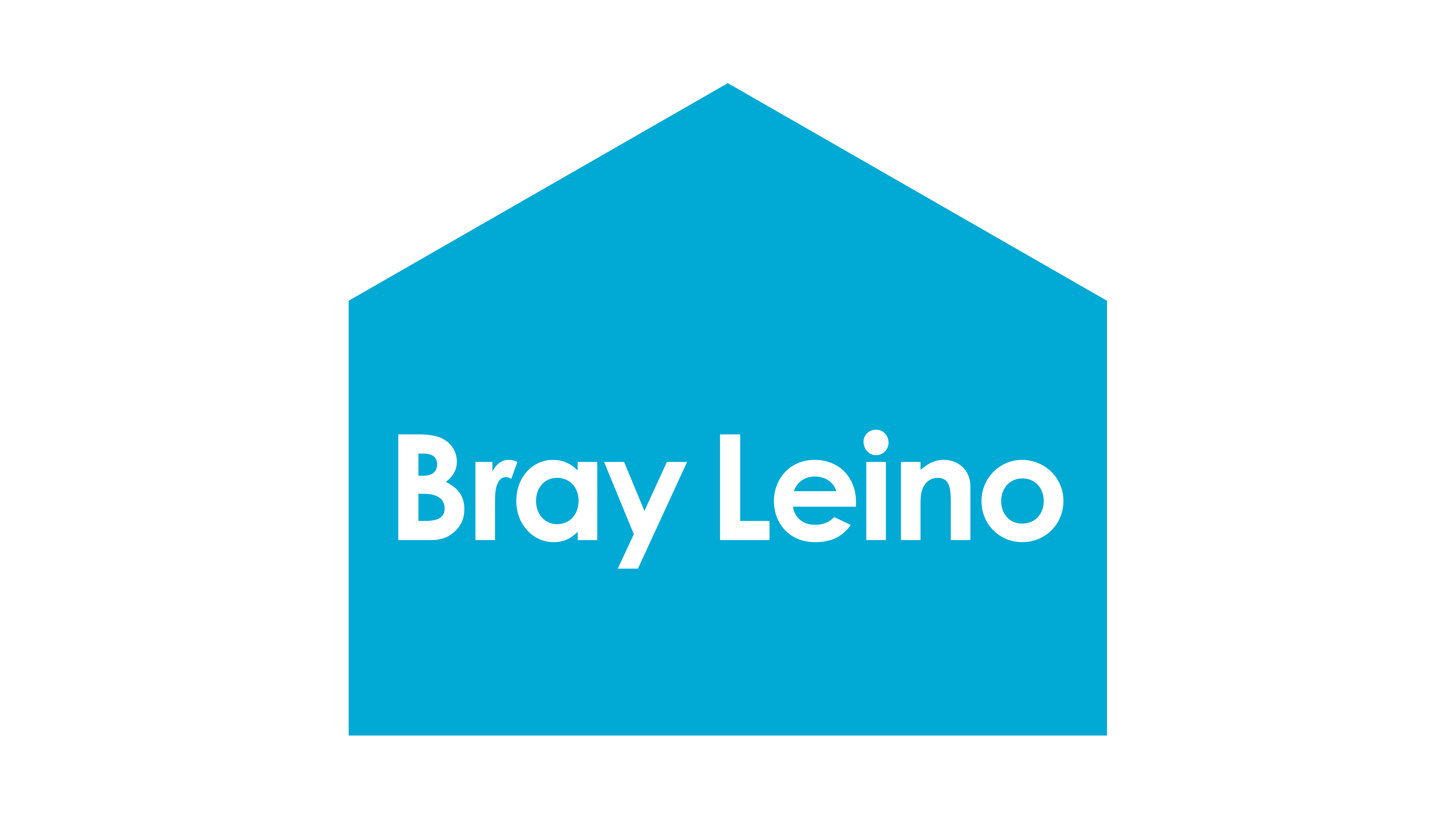Selecting Agencies
Getting the best out of each other
With the UK firmly in lockdown, Business Development Director Austen Donnellan explores how one of the processes fundamental to this industry—how Clients select new Agency partners to work with, aka the Pitch—has evolved and how these new practices can help the process in the future.
Before diving into the more obvious changes that have occurred these past weeks, don’t forget that the core components of any Agency selection process needs to be even more robust and clear—meaning there’s an even higher degree of focus on the following:
Craft the brief
Clients aren’t always naturals when it comes to writing great pitch briefs, as their attention only turns to this skill infrequently. There’s a world of difference between dumping a load of background information alongside a lengthy shopping list of requirements and extracting from all that what the fundamental needs are from the pitch and the subsequent work and relationship. Make sure all parties put the time in to go through, clarify and fully understand what the task at hand is. Don’t rely on email to do this, ensure that it’s done via video calls (more on those later) with decision makers present and contributing. In these tricky times, the last thing anyone wants is an iffy brief.
Be right for one another
The simplistic assumption is that Clients choose Agencies, but this underplays a big question for Agencies: are we the right partner for this Client? As has been reported, new business pitches have dropped, meaning there’s a tendency for Agencies to leap like excitable dachshunds at any opportunity passing their inboxes.
The participating Agency should be clear up front, and in dialogue with the Client, on their suitability, relevance and importantly at this time, availability, to really participate and go beyond what’s normal to succeed during a most abnormal of times. Clients should be asking Agencies some fundamental questions if they’re looking to shortlist them; does it align with the Agency’s growth strategy? Are the right people available to respond? What has to be sacrificed in order to fully launch yourself at the pitch? Do you really know enough about the sector and what they’re looking for to win this?
From a Client perspective, ensure that the pitch process is robust and clear, with all decision makers fully engaged. All these questions must be tackled with diligence, otherwise, it may only amount to wasted effort on all sides.
Better winning through chemistry
In the normal Agency selection process, you can usually often physically meet three or more times from start to finish. With face to face meetings not currently possible, you may find that the number of virtual meetings needs to increase—with more check-ins, clarifications and such like to ensure that all is moving in the right direction. It’s no easy feat to stage manage multiple people, sometimes in several countries, but it’s a vital component to get the most out of the situation.
You will learn something about eachother during every interaction, even on screen, and that’s only going to help establish the working relationship, the chemistry, produce better thinking, trust and transparency. People buy people and, in most cases, that is what the pitch is all about. The more the interactions, the better.
Straight to video
Getting the all-important video calls done well is vital for Clients and Agencies alike. First and foremost, Agencies should be ensuring the right people are on the video calls, not just a senior team who’ll be a distant or, worse, non-existent presence afterwards. Ensure before the main presentations that the IT system and connections are all tested beforehand. With usually multiple people present from Client and Agency, ensure that there is a pitch host from each side who is in control of the meeting agenda, timings and able to direct points, questions and keep all on track. It’s wise to also have a backup for each host, in case connections fail and you need to keep the momentum going.
Other best practice tips:
- Stay on mute when not talking to prevent the usual home office noise distractions, kitchen table, living room sofa, under the stairs, etc
- If connection quality is a concern, switch the video feed off when not speaking
- Be patient to allow others to finish speaking otherwise the presentation can descend into an incoherent melange of multiple voices at the same time
- Establish ahead of meetings and presentations each person's role, to save time and delays whilst waiting for someone to raise a point or answer a question
- Related to this, think about what is being shared with each other—screen sharing is great but bear in mind that some details can be lost when streaming, sections can be covered by screen shots of others on the call, so it’s vital to reduce the number of slides being shared and switch to normal facetime discussions and presentations. Oh, and ensure you know where your computer’s camera is, and look at that, not an image of yourself on the screen.
How can Bray Leino help?
The above is a whistle stop tour of best practice in selecting an Agency in the age of coronavirus. For further details on how we are helping Clients of all shapes, sizes and locations run better meetings and Agency selection processes, please do get in touch via the contact below to learn more.
Austen leads Bray Leino’s Business Development operation, identifying, targeting and partnering with new B2B and B2C Clients across sectors such as food and drink, healthcare and technology. With over two decades’ experience developing through the line consumer campaigns for high profile Clients, Austen’s specialist knowledge spans TV led advertising campaigns, retailer activations, digital and social media campaigns, communications planning, branded content, direct marketing, evaluation tools, R&D and investment planning. Email Austen for more on how we can help your brand.
